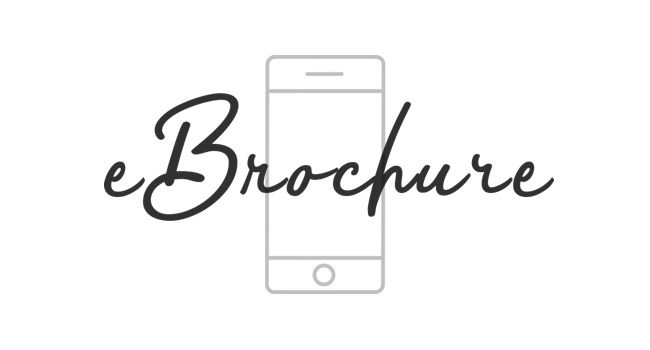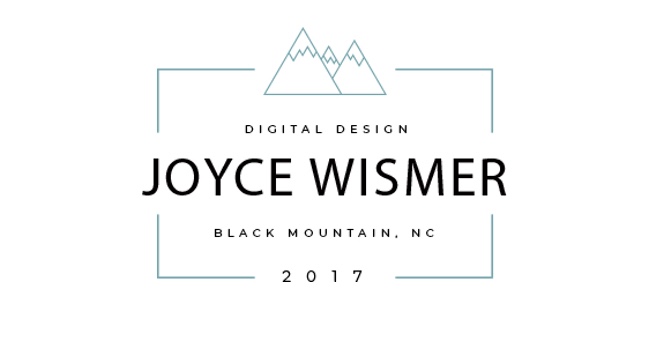What does website accessibility mean?
An "accessible" website is one that any user can use all its features and content, regardless of how the user accesses the web — even and especially users with physical or mental impairments.
- Sites should be accessible to keyboard, mouse, and touch screen users, and any other way users access the web, including screen readers and voice assistants.
- Sites should be understandable and usable by people regardless of auditory, visual, physical, or cognitive abilities.
- Sites should also not cause harm: web features like motion can cause migraines or epileptic seizures.
By default, HTML is accessible, if used correctly. Web accessibility involves ensuring that content remains accessible, regardless of who and how the web is accessed.
Are your PLS websites accessible?
Yes. Here are the broad points about why the websites I create for you are accessible:
- All main navigation and links are accessible by mouse AND keyboard. Note: your web browser may have keyboard control turned off by default (mine was); I test my websites to make sure I can use the tab key to access all menus and links.
- All words (including property address, details, descriptions, contact information, etc.) are digital text that can be read by screen readers and voice assistants; no information is embedded within images or other elements that cannot be understood by assistive technologies.
- Every theme/template follows a consistent page layout and navigation structure.
- No theme/template uses tables for layout purposes.
- There are no scripts or style sheets that prevent a user from changing the size of text.
- There is sufficient contrast between background color and text color; links are identifiable visually and by screen readers.
- No website consists of media content only (your site may include videos and photo, but also includes text that describes a home or your services as an agent).
- No unnecessary or distracting content is used, such as advertisements or anything that flashes or moves around the screen.
- Content is presented in plain language and in a logical order both visually and if accessed by assistive technology (screen reader, etc.); links are meaningfully worded ("View eBrochure" rather than "Click Here").
Visual impairments
People with visual impairments include people with blindness, low-level vision, and color blindness. Many people with visual impairments use screen magnifiers that are either physical magnifiers or software zoom capabilities. Most browsers and operating systems these days have zoom capabilities. Some users will rely on screen readers, which is software that reads digital text aloud.
How your websites are accessible to people with visual impairments:
- No information is embedded within images; all information is presented as text that can be read by a screen reader
- Font size may be changed by the user
- Poor color choices (red text on a black background) are avoided
Hearing impairments
There are specific techniques for providing textual alternatives to audio content which range from simple text transcripts to text tracks (i.e. captions) that can be displayed along with video. An example of an INACCESSIBLE website would be one that relies ONLY on audio to deliver information. If what you say in the video is also presented as text on the page and/or in closed captions, your site is accessible.
Mobility impairments
People with mobility impairments have disabilities concerning movement, which might involve purely physical issues (such as loss of limb or paralysis), or neurological/genetic disorders that lead to weakness or loss of control in limbs. Some might have difficulty making the exact hand movements required to use a mouse, while others might be more severely affected, perhaps being significantly paralyzed to the point where they need to use a head pointer to interact with computers. This kind of disability can also be a result of old age, rather than any specific trauma or condition, and it could also result from hardware limitations — some users might not have a mouse. The way this usually affects web development work is the requirement that controls be accessible by the keyboard.
Examples OF NON-ACCESSIBLE content for people with mobility impairments:
- mouse required/no keyboard navigation
- links and/or buttons too small (hard to land on with mouse pointer)
- embedded media (videos) with no keyboard accessible controls
- inconsistent page layout and navigation
Cognitive impairments
Cognitive impairment refers to a broad range of disabilities, from people with intellectual disabilities who have the most-limited capabilities, to all of us as we age and have difficulty thinking and remembering. The range includes people with mental illnesses, such as depression and schizophrenia. It also includes people with learning disabilities, such as dyslexia and attention deficit hyperactivity disorder. Importantly, though there is a lot of diversity within clinical definitions of cognitive impairments, people with them experience a common set of functional problems. These include difficulty with understanding content, remembering how to complete tasks, and confusion caused by inconsistent webpage layouts.
A good foundation of accessibility for people with cognitive impairments includes:
- delivering content in more than one way, such as by text-to-speech or by video;
- easily-understood content, such as text written using plain-language standards;
- focusing attention on important content;
- minimizing distractions, such as unnecessary content or advertisements;
- consistent webpage layout and navigation;
- familiar elements, such as underlined links blue when not visited and purple when visited;
- dividing processes into logical, essential steps with progress indicators;
- website authentication as easy as possible without compromising security;
- making forms easy to complete, such as with clear error messages and simple error recovery.



